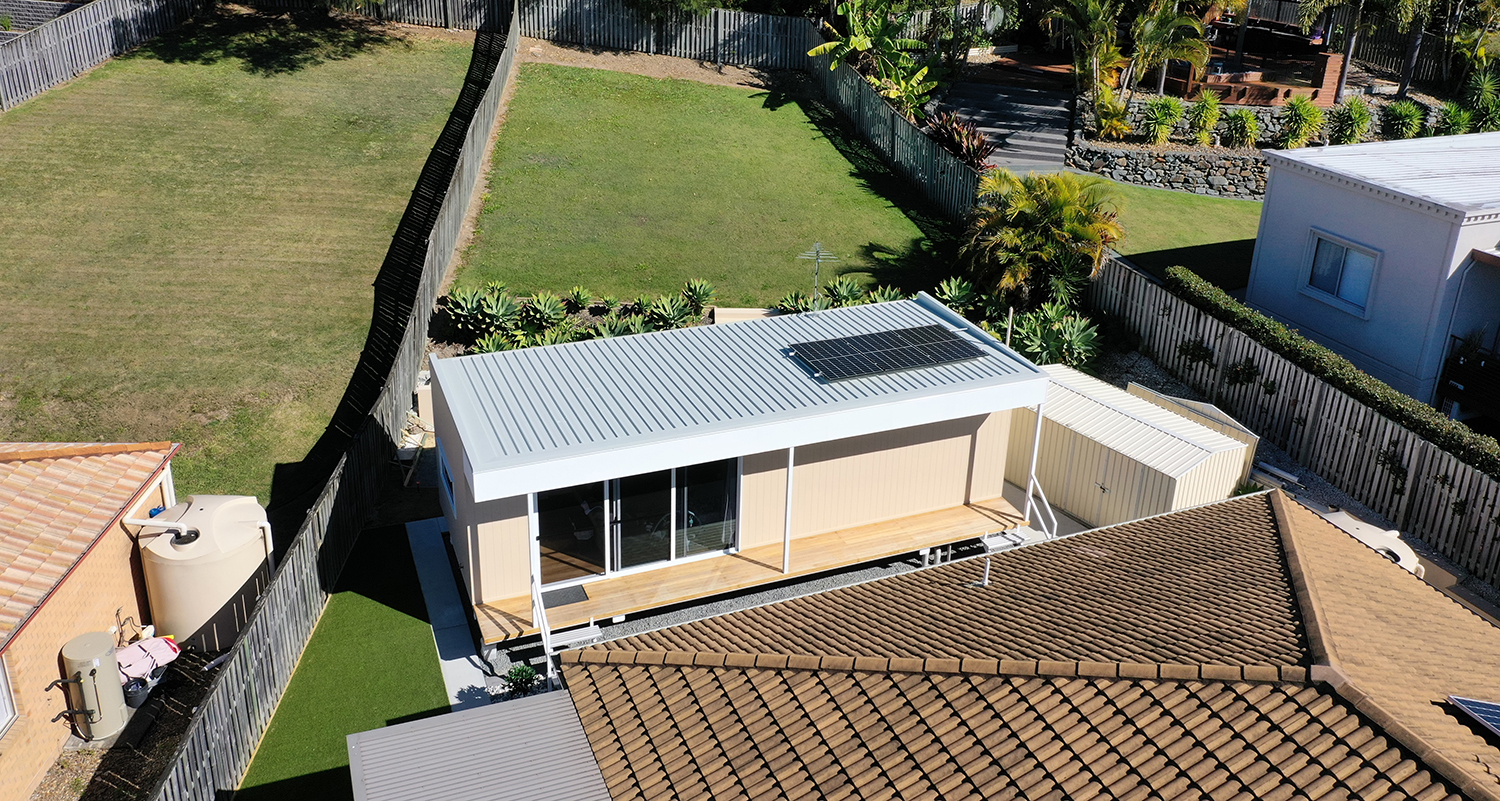The building of granny flats, Fonzie flats, and secondary dwellings is becoming easier because some councils are overhauling their restrictive building codes.
Most people realize now that creating more housing is the only way Australia can overcome its housing crisis.
There’s nothing complicated about it – or it would be, if we weren’t still struggling with Covid-induced shortages of materials, a lack of available tradespeople, and major construction companies going under.
As a result of Covid, many builders were burned, forced to deliver fixed-price contracts that were not even profitable.
Therefore, it’s little wonder that so few developers are actually breaking ground on substantial residential projects at the moment since the industry is still so uncertain.
The construction of an apartment tower can take so long that no one can predict what the costs will be like or if they will skyrocket again halfway through. There is still some uncertainty regarding these issues, but I think we have almost reached the end of them.
So, how can we contribute to supplying the housing that is so desperately needed throughout the country?
As far as I am concerned, the answer is obvious. With granny flats, ordinary Australian homeowners can add value to their own properties, become property investors at an affordable price point, and provide affordable housing relatively quickly.
Some councils are overhauling previously restrictive rules to make it easier to build granny flats, Fonzie flats, and secondary dwellings.
A number of building approvals have been issued
As long as it is less than 60 square meters, the Victorian government will allow granny flats to be built without approval.
In September 2022, the Queensland Government announced a new initiative that would provide a two-year embargo on laws prohibiting the construction of secondary dwellings without approval.
The housing crisis in Australia can be solved by Happy Days’ Fonzie
As a television sitcom star of the 1980s, Fonzie was seen as an early adapter of the kinds of granny flats that were necessary to address the housing shortage at the time.
As far back as 2011, New South Wales introduced a similar program.
In terms of providing affordable housing, these types of properties are very efficient.
There is a lot less time involved in construction compared to standalone houses, no land needs to be purchased, and you can even buy something ready-made to crane into place in some situations.
This is good news not only for tenants, but also for homeowners and investors. Property investors can earn increased returns from rent, which can offset mortgage payments, earn income during retirement, and offset mortgage repayments.
Australia will soon allow granny flats and secondary dwellings to be built as a right in every state.
Rather than having to go through the expensive, lengthy, and uncertain process of council approval, you would only need a building certifier to certify the house before it is built and occupied.
The number of one-bedroom apartments is growing rapidly
After the pandemic, many Australians sought larger properties and wide-open spaces, but the housing crisis has changed those views.
Due to the chronic shortage of properties and skyrocketing rents, many tenants are more than happy to rent a secondary dwelling or tiny house. All they want is a place to live and a sense of security.
As of today, one-bedroom housing in Australia is the fastest growing type of housing, growing by a massive 412 percent between 2016 and 2021, with an average household shrinking from 2.6 to 2.5 people.
Homeowners can become property investors with granny flats.
You can increase your returns many times over if you already have multiple properties.
Granny flats offer rich returns
Suppose you bought a property for $600,000 today.
With a 6% interest rate, the interest repayments (principal and interest) on a 90 percent loan would come to $747 per week.
Your total cost would be $750,000 if you purchased that $600,000 property and built a granny flat for $150,000.
This would result in weekly repayments of $934 on the loan.
Despite the higher upfront commitment and repayments, the second residence would also provide you with an extra $420 per week in rent.
When you add the rent to the mortgage, you are spending $514 each week on the mortgage.
The loan would be paid off 11 and a half years earlier if you made the same net repayments each week (interest and principal).
Furthermore, you would pay $185,000 less interest over the life of the loan than if you had just bought the house. This is before you consider the future rental growth of the granny flat.
The granny flat would require an extra $15,000 deposit, but compared to the benefits, it pales into insignificance.

